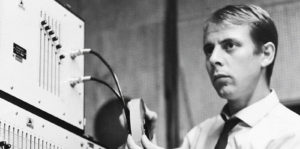
Morton Sobotnick, electronic music composer and pioneer, made his first mark on music in 1967 with the groundbreaking album Silver Apples of the Moon. The record pushed electronic music into the realm of possibility, experimenting with new technologies combined with mind-bending soundscapes. Almost 60 years since Sobotnick’s first venture into electronic music, the world has embraced his experiment, leading to the emergence of synths, techno, dubstep, and a myriad of subgenres. Subotnick: Portrait of an Electronic Music Pioneer, directed by Robert Fantinatto, seeks to catalog the musician’s illustrious career through his words and groundbreaking music.
The documentary is told almost entirely through Sobotnick’s perspective, giving a very personal “in his own words” essence. Most of the narrative consists of the subject speaking to the filmmaker and interviewing colleagues as he reflects on his career. It begins with Sobotnick’s childhood and extends into tour planning. Like his music, everything here carries a personal, intimate feeling. By the conclusion, the musician’s creative process and inner doubts are laid bare. Allowing Sobotnick to reflect on his career and carry the narrative gives the film an intimate touch. Despite being a music pioneer, Sobotnick seems like a person rather than a larger-than-life figure.
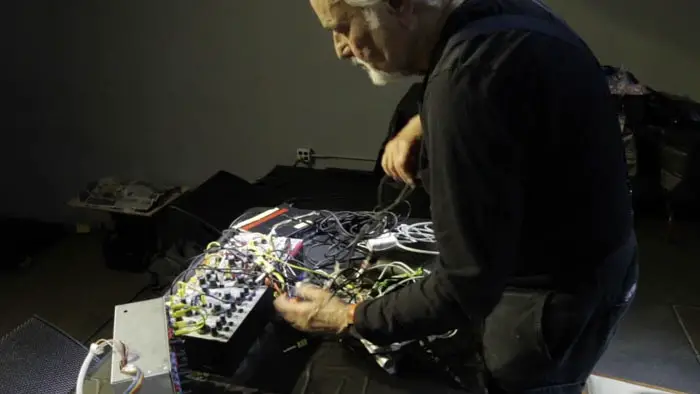
“…the musician’s illustrious career through his words and groundbreaking music.”
Subotnick: Portrait of an Electronic Music Pioneer looks at Sobotnick’s influence on other artists, commercials, sound effects, and even himself. The musician discusses his mental health and creative process at length, continuing the themes of being a music innovator yet still human. While the film briefly touches Sobotnick in the present, it does not blend the past with the present, as In The Court of King Crimson or Rise of the Synths do. While getting Sobotnick’s reflection on life gives the film its personality, leaving Sobotnick’s present and future for the closing credits makes it seem like an afterthought.
The interviews are often informative and allow the filmmaker to show the layers of Sobotnick’s personality. He can come across as a mild-mannered musician, but Fantinatto’s intercutting Sobotnick’s music with melting liquid light allows the film to showcase the avant-garde nature of his legacy. The psychedelic atmosphere brought on by these transitions gives the film a distinct style. Beyond the surrealist flair, this is more like a visual biography than a kinetic in-the-moment documentary such as Who Let the Dogs Out. Still, there’s plenty of insight into electronic music before synth-heavy soundtracks ruled the 1980s.
While music and innovation sit at the core of Subotnick: Portrait of an Electronic Music Pioneer, it’s the man himself that gives the documentary its soul. The film uses live performances and outside interviews adeptly, allowing the subject to tell his story. Fantinatto has crafted an insightful secondary source, allowing Sobotnick’s contemporaries to discuss the legacy of electronic music with hindsight and nuance. The documentary is more informative than entertaining but will be a must-watch for Record Store Day enthusiasts or those wishing to dive into the history of EDM.
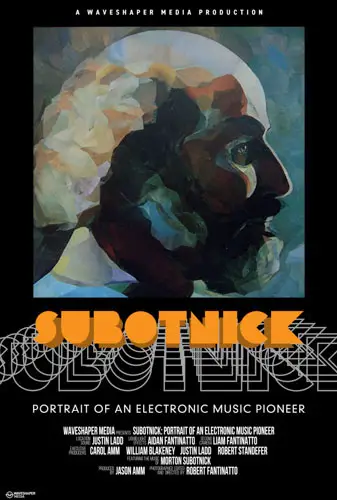
"…a must-watch for Record Store Day enthusiasts or those wishing to dive into the history of EDM."
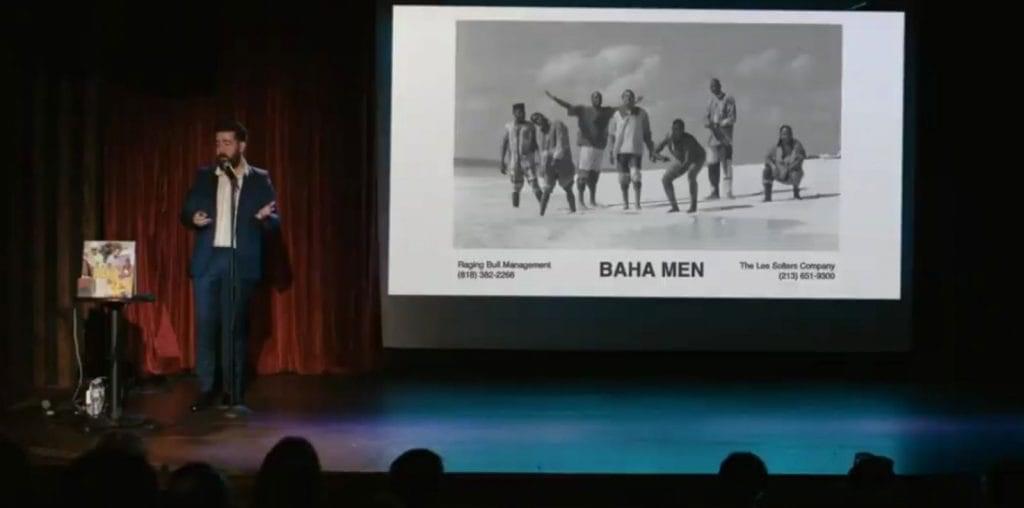
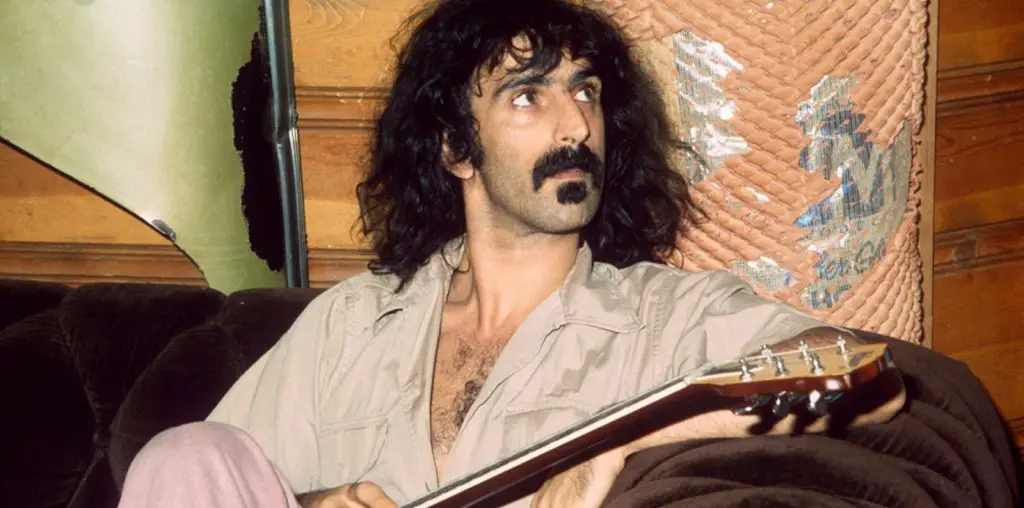

Why does the article spell his name “Sobotnick” when the title of the documentary spells it as “Subotnick”?
A trail blazer. Sounds Interesting